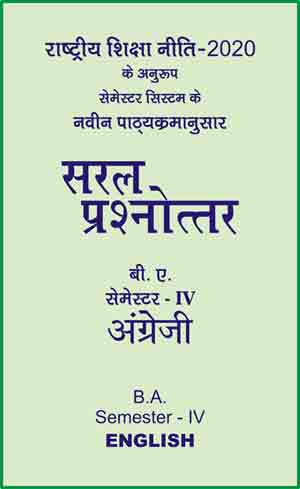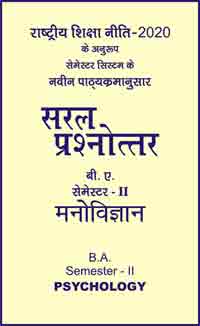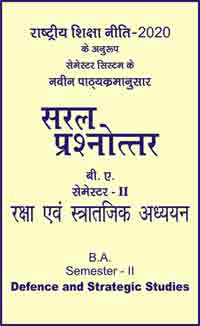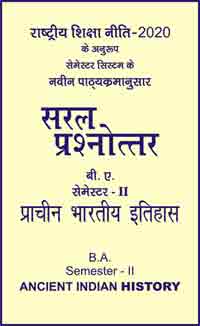|
बी ए - एम ए >> बीए सेमेस्टर-4 अंग्रेजी बीए सेमेस्टर-4 अंग्रेजीसरल प्रश्नोत्तर समूह
|
5 पाठक हैं |
|||||||
बीए सेमेस्टर-4 अंग्रेजी - सरल प्रश्नोत्तर
Chapter - 2
Literal Translation Verses Free Translation
Literal Translation
Literal translation is the rendering of a text from one language to another one word at a time without considering the meaning of the text as a whole. Literal translation is also known as direct translation or word-to-word translation. In translation studies, translators use literal translations for technical translations of legal, scientific, or technical texts.
Since the translator translates the text by look at each word separately in this type of translation, the original meaning of the text may be altered or lost. This is especially true in the translation of non-technical texts such as literature. For example, this type of translation can result in mistranslating idoms, unintelligible sentences or grammar structures. Machine translations in the early periods were known for this type of translations (mistranslations) as they only used a database of words and their translations in different languages.
Free Translation
Free translation is translating a text in such a way that it reproduces the general meaning of the original text. Unlike in literal translation, free translation does not involve rendering word to word meaning of a text. Moreover, this type of translation may or may not closely follow the structure or organization of the original text. In addition, it does not pay close attention to details and may involve adding or deleting content while keeping the general meaning intact. Translators usually make such alterations to keep the content and language fluent and natural.
Free translation is also known as creative translation, and it is mainly used in non-technical translations-for example, translations of literary work, marketing materials, etc. Moreover, translators should have a very good knowledge of both the source language and target language and their cultures in order to do a free translation.
Literal translation is the rendering of a text from one language to another one word at a time, without considering the meaning of the text as a whole, while free translation is translating of a text in such a way that it reproduces the general meaning of the original text, without considering word to word meaning.
Literal translation involves word to word translation, and there are no additions or deletions from the original text, but free translations consider the meaning in general and may involve additions and deletions in order to keep the flow of language fluent and natural.
While literal translations are suited for technical translations involving legal, technical, or scientific texts, free translations are ideal for literary translations.
Literal translation involves word to word translation, and there are no additions or deletions from the original text, but free translations consider the meaning in general and may involve additions and deletions in order to keep the flow of language fluent and natural. Thus, this is the main difference between literal and free translation.
|
|||||














